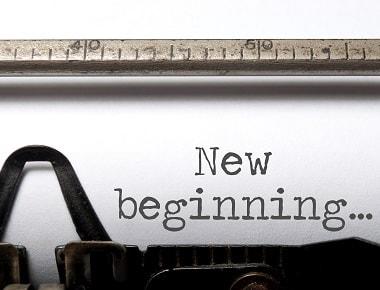Cocaine Addiction Signs, Symptoms and Side-Effects
Sections: Short Term Signs | Long Term Signs | Getting Treatment
Cocaine stimulates the central nervous system, producing a powerful buzz and sense of euphoria. Within minutes of snorting or within seconds of smoking, confidence soars, dopamine-fueled pleasure floods the brain, and energy levels skyrocket.
Before they know it, users feel as if they’re on top of the world—until the drug wears off. Within a mere five to 30 minutes, the high gives way to a low. Fatigue replaces excitement. Apathy sets in. Another dose keeps the blues at bay, and the endless cycle of highs and lows begins—the seeds of addiction.
Before long, occasional use turns into an obsessive need, the highs get less powerful, the lows get stronger, and full-blown depression can take hold. Life—relationships, jobs, hobbies—takes a back seat to cocaine.
Loved ones may notice that something is wrong. They may see their friends or family members going through troubling changes—but how do you know for sure? First, familiarize yourself with the signs of cocaine addiction. Then, ask others to verify or refute your suspicions or enlist the help of a trained substance abuse counselor to help you better identify the signs someone is addicted to cocaine.
Short-Term Signs of Cocaine Use
Cocaine has an immediate effect on the body, particularly on the central nervous system, which controls many systems and functions throughout the body. As the drug enters the bloodstream and affects the brain, it produces a number of tell-tale side effects, both physical and behavioral.
| Physical Side Effects | Behavioral Side Effects |
| » Dilated pupils » Constricted blood vessels » Runny nose (if snorted) » Loss of appetite » Fast heartbeat » Nausea » Tremors |
» Overconfidence » Overexcitement » Euphoria » Paranoia » Aggressiveness » Restlessness |
Long-Term Signs of Cocaine Addiction

Over time, repeated cocaine use can alter a person’s brain chemistry. The drug floods the brain with dopamine, so much so that the pleasurable effects dwarf other life-sustaining activities, such as drinking, having sex, or even eating. Cocaine becomes the single most important thing in a person’s life.1
Soon, the body develops a tolerance, which is akin to immunity. It needs more and more of the drug in order to feel the same effects. A cycle of addiction quickly develops. Cocaine use becomes compulsive—outside of the individual’s control. At this point, long-term signs of cocaine abuse and addiction may begin to appear.
What are the signs of cocaine addiction? They include the following:
| Physical Symptoms of Cocaine Addiction | Other long-term physical signs of cocaine addiction depend on the method of use: | Psychological Effects of Cocaine Abuse |
| » Headaches » Malnourishment » Loss of appetite » Movement disorders (e.g., Parkinson’s) » High blood pressure » Insomnia » Seizures » Chills » Coma2 |
» Frequent runny nose (snorting) » Nosebleeds (snorting) » Lost sense of smell (snorting) » Trouble swallowing (snorting) » Bowel decay (ingesting) » Needle marks (injection » Higher risk of HIV (injection) |
» Confusion » Hallucinations » Agitation » Nervousness » Fatigue » Cravings » Depression |
Finally, if someone with a physical dependency stops using the drug, they may experience cocaine withdrawal symptoms—everything from chills and body aches to pain and exhaustion. That discomfort can make it even more difficult to quit.
Cocaine Addiction Treatment
Breaking the cycle of addiction takes more than “willpower.” While the user must make the initial decision to quit, they need help to achieve their goal of sobriety. They need the support of family and friends, the professional guidance of counselors and psychologists, the structured environment of a dedicated rehab center, and the benefit of tried-and-true addiction treatment methods.
At Yellowstone Recovery, we provide everything recovering cocaine users need to overcome their substance abuse issues and live a sober life, free from the bondage of addiction. Contact us to learn more about our affordable cocaine treatment programs in southern California.
Sources
- https://misuse.ncbi.nlm.nih.gov/error/abuse.shtml
- https://nida.nih.gov/publications/drugfacts/cocaine; https://www.addictioncenter.com/drugs/cocaine/symptoms-signs/
- Treatment Options
- Program Curriculum
- Program Services








